
2024-10-08 07:25:03
A giant portion of my life has been dedicated to Dragon Ball media. I’ve watched the series constantly; it introduced me to manga, and I’ve played every game release religiously. My favorite of the game titles was Dragon Ball Z: Budokai Tenkaichi 3. This was because it had such a huge roster of characters, allowing me to make a team of up to five characters from the series to face off against any other five. My favorite thing to do was create scenarios in my head as to why these characters would be fighting. My hype and excitement for when we got the announcement to continue the Budokai Tenkaichi series reached a measurement you could not find on the Richter scale.
Game Name: Dragon Ball: Sparking! Zero
Platform(s): PlayStation 5, Xbox Series X|S, PC (Reviewed)
Developer(s): Spike Chunsoft
Publisher(s): Bandai Namco
Release Date: October 11th, 2024
Price: $69.99

Going Through Dragon Ball Again
Just like most Dragon Ball games, Dragon Ball: Sparking! Zero has you progressing through the series chronologically, starting from the Dragon Ball Z Saiyan Saga. In this game, you do this by playing through Episode Mode. In Episode Mode, you choose a character to experience the series from their perspective. Initially, you can only select Goku, but you’ll unlock other characters by completing Goku’s episode. One key difference this time around is that the game introduces choices at certain points that can alter how the story unfolds.
One example of this system is the option to team up with Piccolo at the start. If you choose to join forces with Piccolo, you’ll fight Raditz alongside him. If you decline, you’ll face Raditz with Krillin and Master Roshi by your side. So, with this, you can see that it doesn’t follow the anime story directly and gives you the option to deviate from the story we’ve seen for decades.
But that’s not the only way the game deviates from the traditional Dragon Ball story. If you meet certain conditions during a fight, you can change its outcome. For instance, if Goku has more energy at the end of the Raditz fight, he can actually dodge the Special Beam Cannon. This can happen on either path you choose, and it leads to three different possible outcomes. In one, Goku dies with Raditz; in another, Goku survives the fight with his friends’ help; and in the third, Goku survives after fighting alongside Piccolo. These choices dramatically change the story, creating two new alternate outcomes. This was the moment I became really excited about Episode Mode. It made me think of all the possibilities the game could offer, and honestly, there were even more surprises than I expected. I loved this feature—it pushed me to try harder in every fight, knowing that any battle could potentially alter the canon story.
You can start Episode Mode through either the start button or the story map button. The story map is a 2D overworld that displays the stages you can access, with green arrows indicating stages that have alternate outcomes based on your performance. There are also blue markers on stages that are either fully cinematic or involve making choices that affect the story’s outcome.
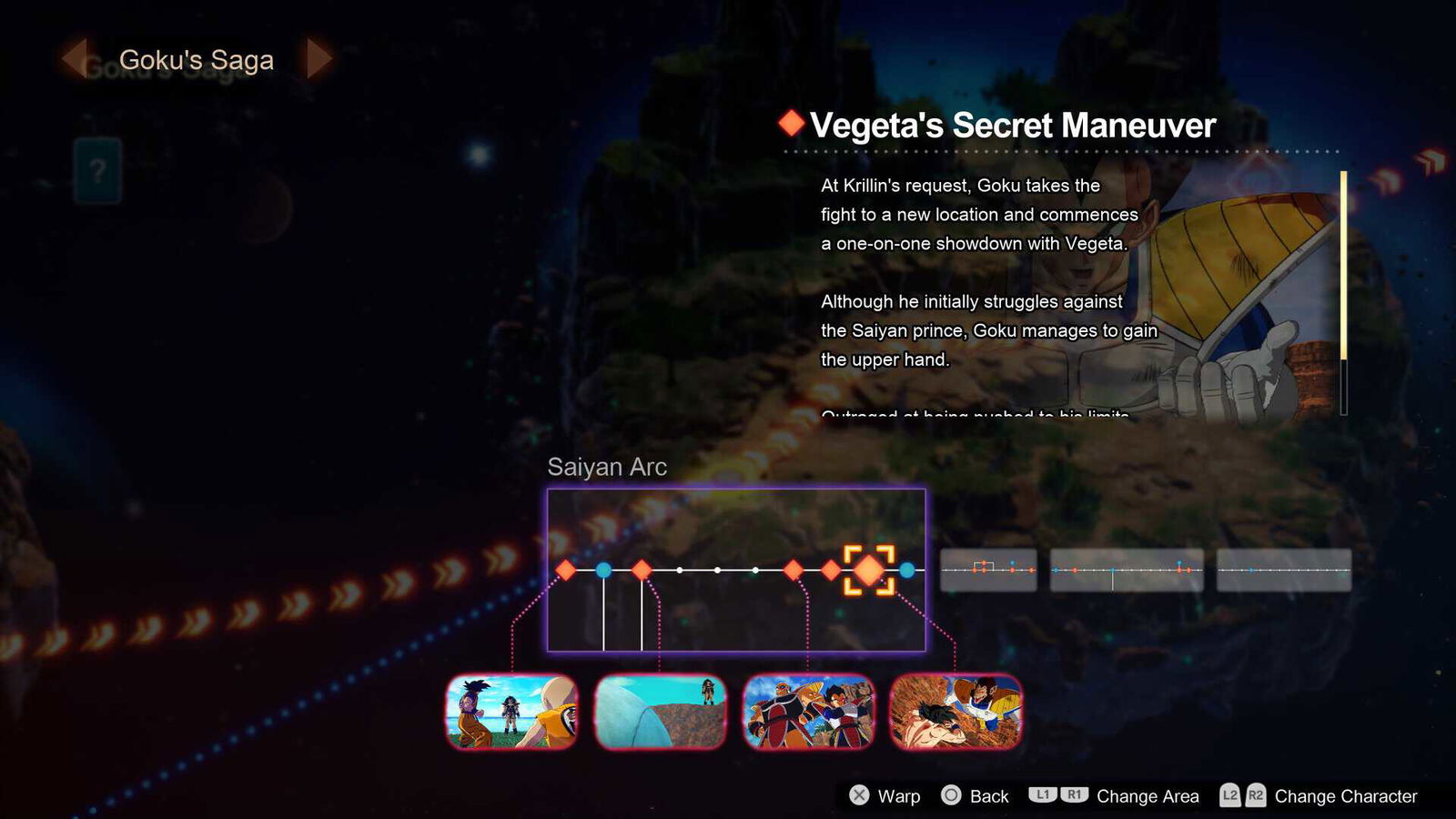
Even though I love the changes in Episode Mode, I have to admit that the mode has some issues. It’s very hit-or-miss when it comes to animating certain segments. Sometimes, the game chooses to use static poses with models instead of fully animating the scenes. For example, this is yet another game that skips the Final Flash moment during the fight against Perfect Cell, even though the Final Flash attack looks amazing. It also tends to skip segments of a character’s story. Gohan’s Episode Mode doesn’t even start until the Cell Saga—everything he did in the Saiyan Saga, Namek Saga, or Android Saga is either shown through someone else’s episode or skipped entirely.
There’s also a frustrating moment in Vegeta’s “What If” section where something you wish had happened gets pushed aside, only for it to be told from Goku’s point of view in his episode. Vegeta’s accomplishments just get told to us rather than being shown.
Creating Your Fantasy Fights
The Episode Mode isn’t the only way to experience Dragon Ball stories. There’s also Custom Mode, which is all about creating fights the way you want them to play out. You can customize fighters from the cast of playable characters in the game and pit them against any other characters. You can also set triggers that activate various effects during the fight. For example, if Future Gohan hits Android 17 with a Masenko blast, you can display a text of Android 17 getting angry at him.
There’s a good variety of effects and triggers to create fights exactly how you envision them. You can even set specific scenes to happen during the fight or force certain skills to hit their opponent. The sheer number of options makes it really enjoyable to create and watch things play out. I usually have to test stages a few times to iron out all the hiccups with my custom triggers. Trust me, you’ll want to test things thoroughly to ensure the best experience.
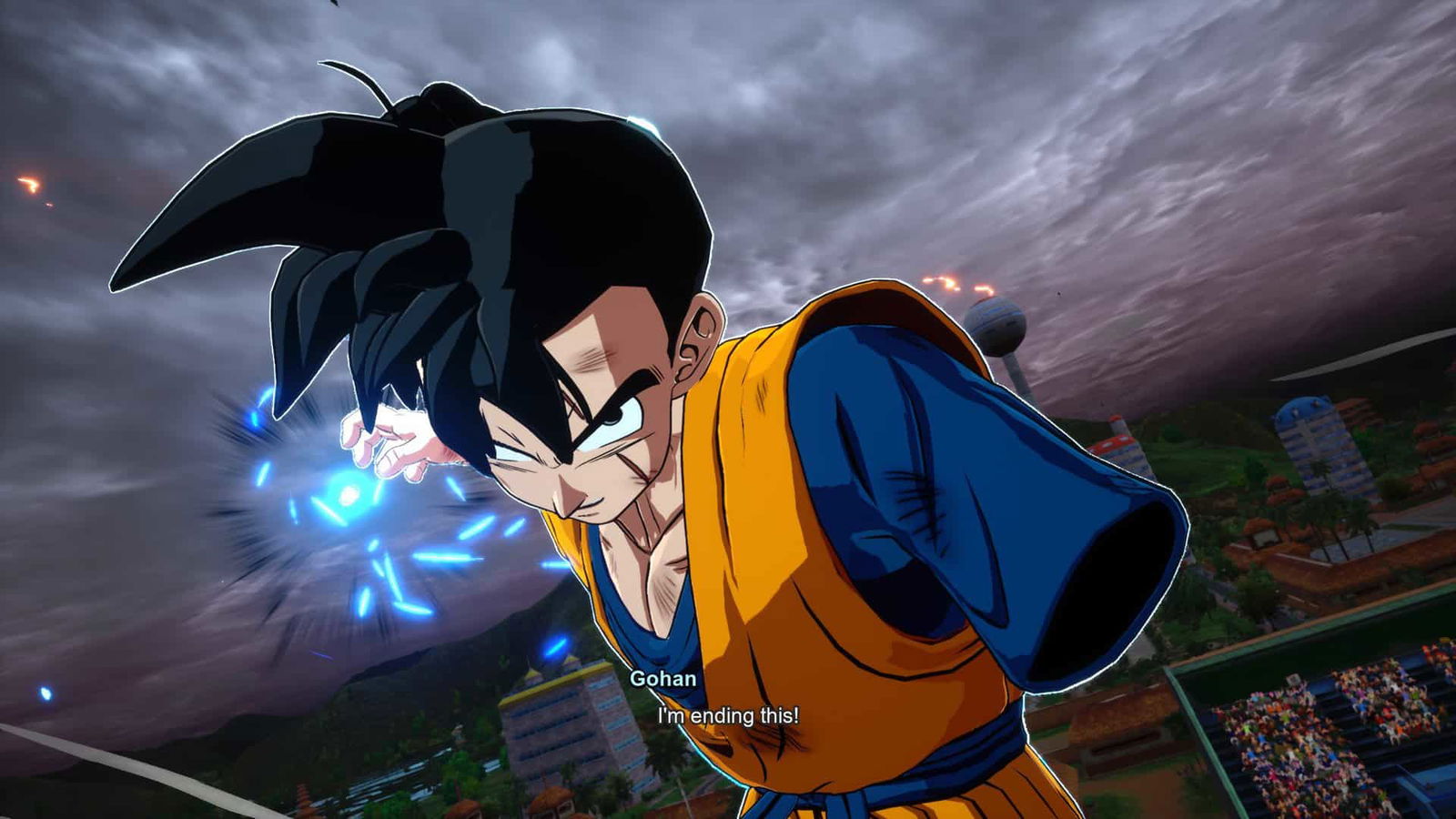
Custom Mode is going to make Dragon Ball: Sparking! Zero a game that fans can return to time and time again—or in my case, maybe I’ll never leave it! I kept coming up with more and more ideas for fights I wanted to create, and it was a blast being a scenario editor for Dragon Ball battles. However, this also led to some frustrations with Custom Mode. The list of text options for displaying battle dialogue is enormous. While the sorting system is okay, the inability to filter or search through the text options means I often spend a lot of time trying to find exactly what I want the character or narrator to say.
Additionally, the characters aren’t sorted very well when you need to select one for the text. I’ve developed muscle memory for finding Gohan’s name since I use him a lot in Custom Mode, but when I need to find someone like Videl or Kefla, I have to scroll through a long list of names before I can locate them.
Bringing The Fight In Dragon Ball
Dragon Ball: Sparking! Zero’s gameplay is addicting, especially for someone who is a massive fan of the prior Dragon Ball Z . Once you get used to the combat and the speed, it’s hard to play any other arena fighter. You can choose a team of up to five characters to battle against another team of up to five. You can also opt for single battles. There are 181 characters available, or 182 if you pre-ordered and got Goku (Mini) in your roster. This adds a lot of variety to your team builds.
You can execute a five-hit rush combo, or mix it up by pressing the Ki blast button to trigger a special combo that can launch the enemy either above or below you. You can also hold the attack button for a charged attack that sends your opponent flying across the map. I often use the Dragon Homing skill to juggle the enemy up and down in the air after launching them. Dragon Homing allows your character to fly in sync with how fast your opponent is being knocked through the air, enabling you to strike them again—whether up, down, forward, or to the side—based on where you hold the analog stick.
During combat, you can use Vanishing Attacks to dodge by holding two buttons simultaneously. Alternatively, you can perform a regular vanish dodge by holding the guard button along with the dash button, turning your character into an afterimage, and placing them behind the enemy. From there, you can either start a combo or retreat to gather Ki. You can hold the right trigger to charge up your Ki, which is represented by a yellow bar beneath your health. You have five bars of Ki, and many actions, such as dashing, Dragon Homing, Vanishing Attacks, and Dragon Dashing (when you hold the trigger and dash button together to infuse Ki into your body for faster movement), all consume Ki. This makes Ki a valuable resource that you’ll need to manage carefully and replenish constantly. Performing combos can help restore Ki.
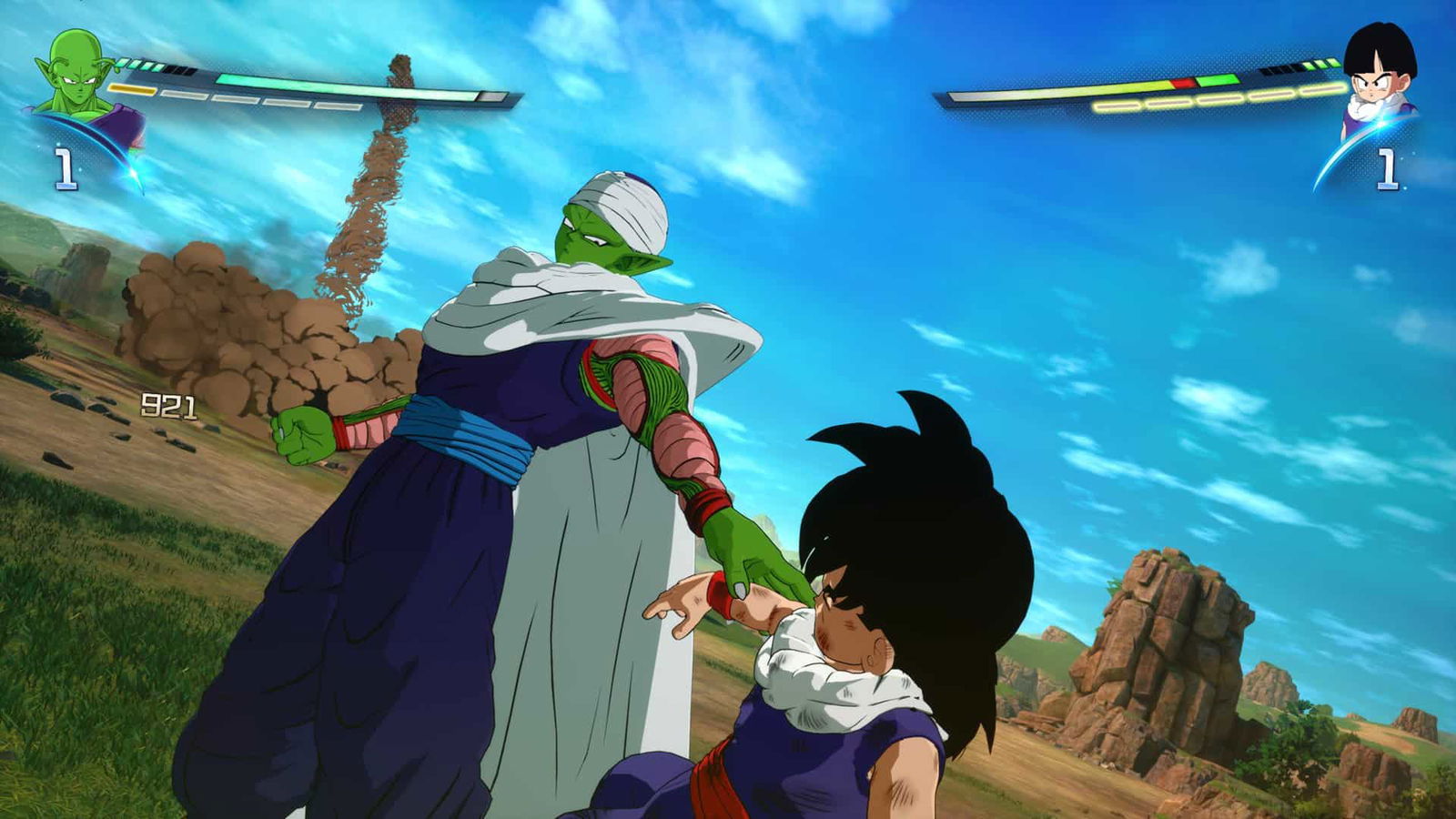
If you hold the right trigger, you can also access your skills. You have a total of two Blast skills, two standard skills, and one Ultimate skill. Blast skills consume a certain number of Ki gauges to launch at your opponent. These can either be Rush Blast skills or Ki Blast skills. Rush Blast skills have your character charge at the enemy and perform a strong physical combo, which can end with a giant Ki blast. Ki Blasts, on the other hand, can either be executed with a single button press or charged by holding the button to unleash a more powerful beam attack. For example, the Kamehameha is a beam skill that becomes stronger the longer you hold it.
An Ultimate skill can only be activated when you enter Sparking! mode. To trigger Sparking! mode, you need one available skill stock point, and you must charge your Ki beyond the five regular gauges into a single blue gauge. The blue gauge turns purple as your character gains a new aura. Once in Sparking! mode, you can hold the right trigger to activate your Ultimate skill, which can either be a Rush skill or a Ki skill depending on the character you’re using.
Sparking! mode grants infinite hits in your rush combos and allows you to Dragon Dash or Dragon Home without consuming Ki. However, Sparking! mode only lasts for a limited time, so make sure you use it wisely.
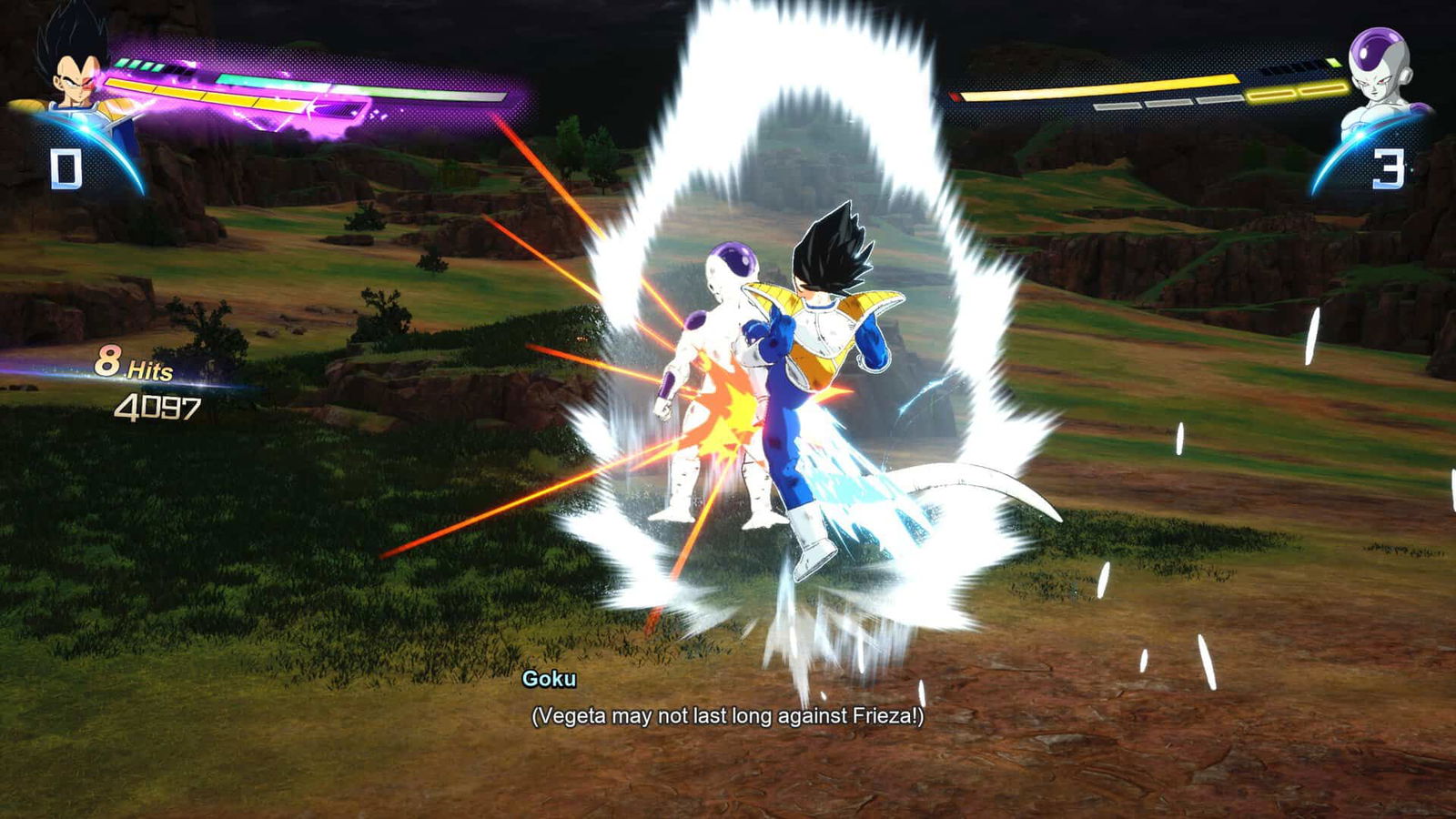
Beam clashes from the Dragon Ball Z: Budokai Tenkaichi games have also returned, with a few tweaks. For the uninitiated, these occur when you and your opponent use beams simultaneously. In Dragon Ball: Sparking! Zero, these work the same way, but you’ll need to press the button as the bar reaches the end to amass more energy. You can also spend Ki to boost your timing and impact. The screen will enter a dramatic camera rotation between you, your opponent, and the beam clash. If you achieve the best impact, your character charges up their attack and pushes through the opponent, dealing significant damage. Be prepared for a substantial health loss if you lose the clash.
I remember being worried that the enemies would either be super cheap to fight or too easy, making the experience boring. I can confidently say this game has the right level of difficult AI opponents. They utilize counter and defensive moves effectively, requiring you to engage with the game’s mechanics to break through their defenses. Whether it’s timing a vanish after their vanish to continue your attack combos or ensuring you hit them in the back with your Blast skills so they can’t dodge or guard, you often need to get up close and personal. Most of the time, they will dodge or block, which can be frustrating if you’re about to execute a setup for an awesome combo into your skill blast, only for them to swat it away like a fly. However, it makes it all the more satisfying when you land a vanish combo and sneak in a Kamehameha before they have the chance to dodge.
There’s a lot of give and take with these enemies. The difficulty levels you can choose from are Weak, Easy, Normal, Strong, and Super. In Custom Mode, you can give them more specific strategies and increase their difficulty across twenty different levels. It’s incredible how much challenge you can add to enemies in that mode!
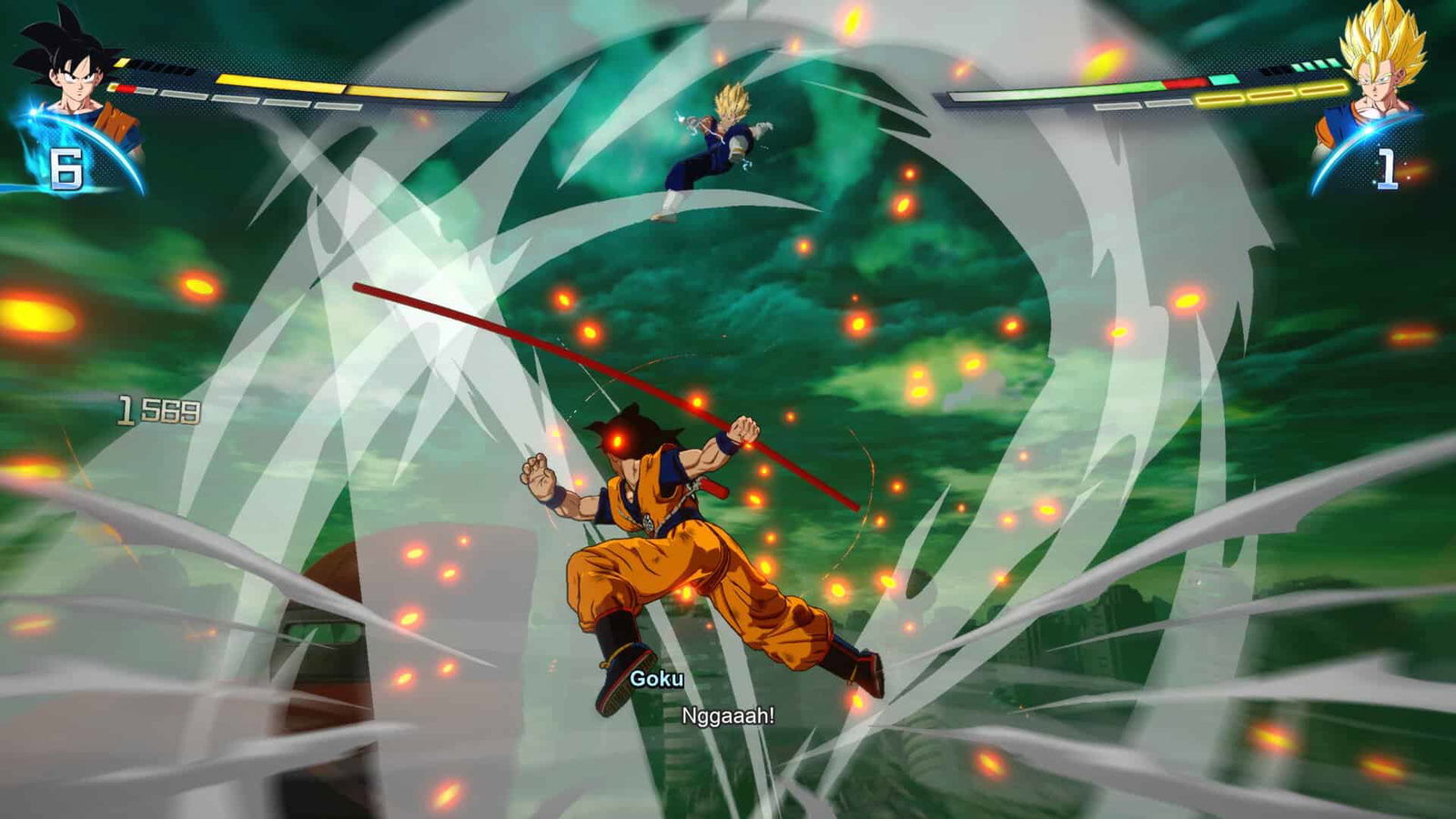
The Beauty In Sparking! Zero
Everything in the game is basically made in-engine, and it clearly shows how effective that approach can be. The faces and effects during fights are the same as those in the story cinematics, making each battle even more engaging and unique. This game is beautiful; the character faces, auras, energy beams, and the impacts from strikes all give weight to each combo and move during battle.
Even with the static model segments, the addition of effects and energy beams gives importance to these moments in Episode Mode. While they may not have recreated each individual moment from scratch like in Dragon Ball Z: Kakarot, Dragon Ball: Sparking! Zero establishes a formula that works for every scenario in the Dragon Ball universe. This is the ultimate Dragon Ball game with the foundation it has set.
I am not only excited for the game’s release so that people can finally play it, but also for its future and all the potential additions it can bring to the lives of Dragon Ball fans everywhere. I want to experience the Custom Modes that fans create, and I’m eager to share my Future Gohan stories with them as well. I want this game to be as big and as great as it can possibly be.
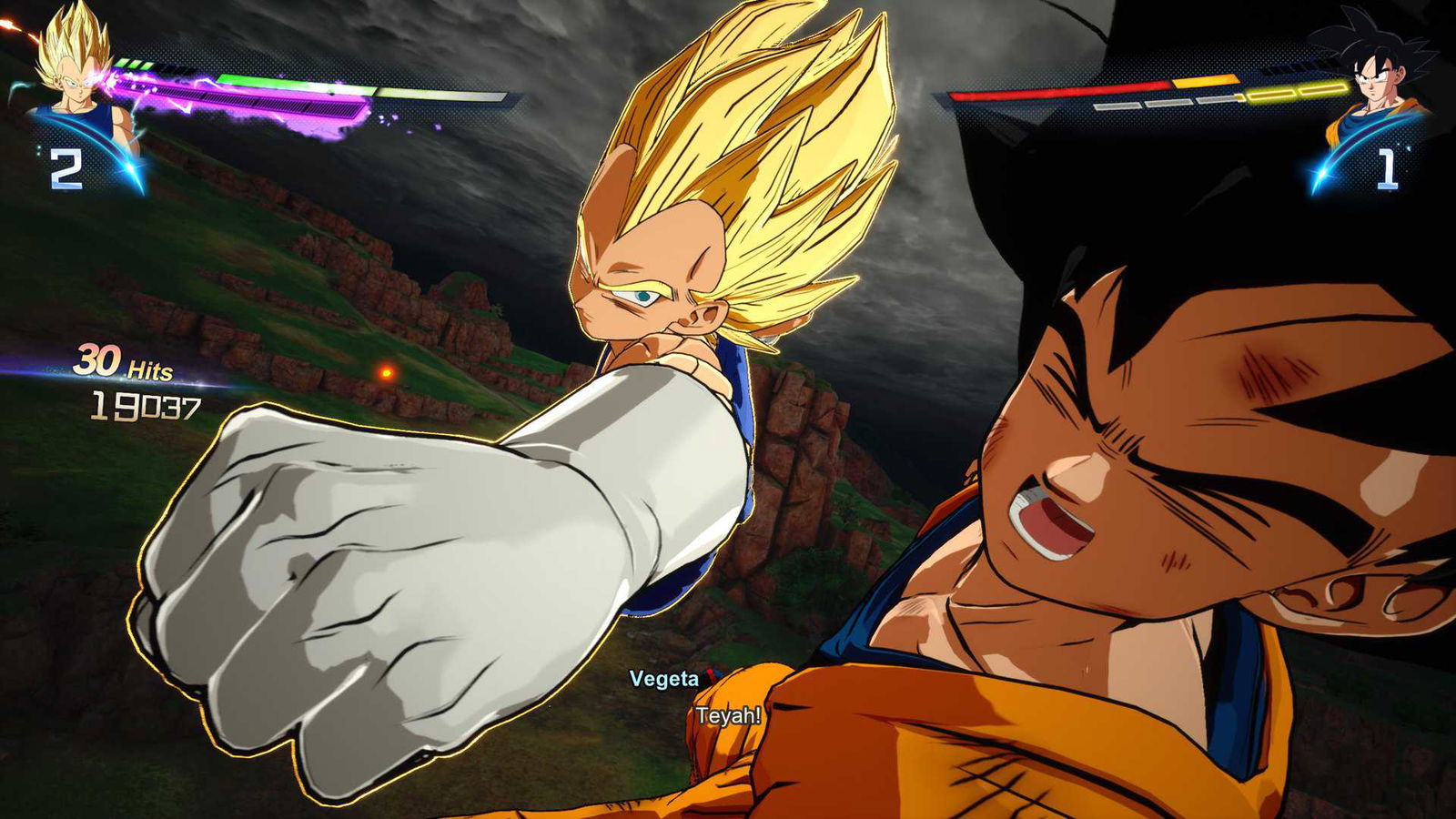
Hearing The Kamehameha
The audio direction of Dragon Ball: Sparking! ZERO is immaculate. Not only is the voice acting exceptional, but the soundtrack delivers banger after banger. The aura effects, energy beams, and every sound associated with Dragon Ball feel authentically lifted from the anime. The voice dialogue is also dynamic during fights. When you inflict damage on the enemy, they will express specific reactions based on the character you’re playing. Additionally, they can voice their fear during transformations, adding an extra layer of immersion. This game is a shining example of how gameplay can enhance storytelling. The small, simple interactions add a dynamic touch that deepens your engagement in the fight.
I previously mentioned how the UI felt basic, but due to how immersed I am while playing, I hardly notice the UI and HUD. Although they are still somewhat basic in design aesthetics, the character select screen could use a revamp to make it more manageable.
Each voice actor in Dragon Ball: Sparking! Zero truly gives their all in reprising their respective characters. This is the best Sean Schemmel has ever performed as Goku Black. I remember his earlier attempts in Xenoverse, where he struggled to find his footing. The Dragon Ball Super anime showcased a significant improvement in his portrayal, but this game is where he truly shines in the role. While he is already a fantastic Goku, I was thrilled to hear more from him as Goku Black.
Kyle Herbert also gets to flex his acting chops with the direction they take Gohan in some of the what-if chapters. Growing up with the Funimation dub of Dragon Ball Z, witnessing the progress each actor has made is an incredible experience. Christopher Sabat as Vegeta has always been outstanding, and we get to see more compassionate sides of him through the what-if chapters. I feel like these chapters add a wealth of personality to each of the main characters.
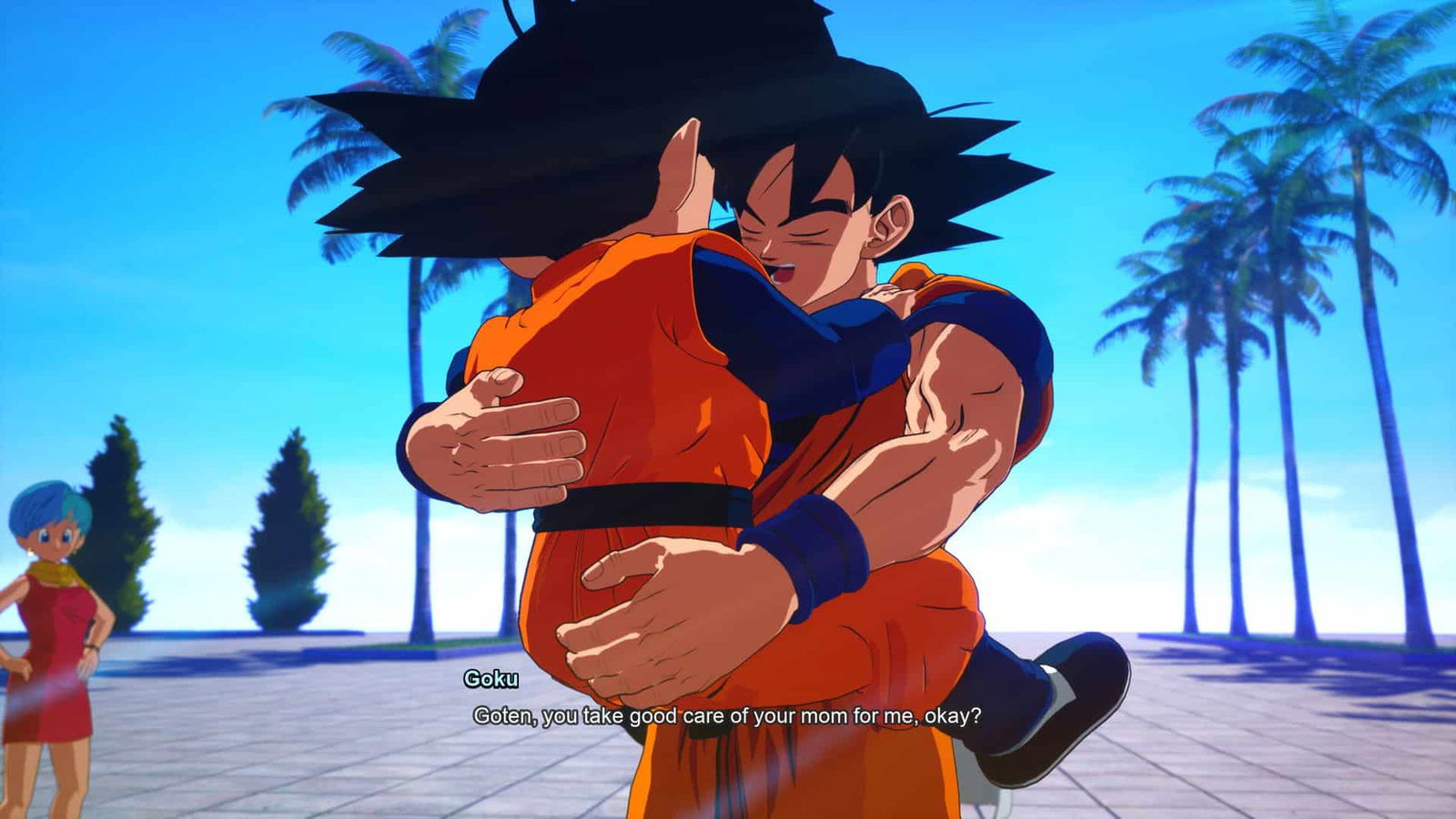
Dragon Ball Around The Globe
Dragon Ball: Sparking! ZERO features online modes where players can enter lobbies based on various filters or use a lobby ID for private, invitation-only matches. Unfortunately, the game currently lacks cross-play support, which is a significant downside. If you have friends on other platforms, you won’t be able to play together. This is a huge hit for me and my friend group; half of us are on PlayStation 5, while the other half are on Xbox Series consoles. Additionally, I have a few friends who plan to get it on Steam. I intend to purchase the game on all three platforms to play with everyone, but I anticipate some challenges in doing so.
Surprisingly, Dragon Ball: Sparking! ZERO is well-optimized for PC. I tested it on both my laptop with an NVIDIA RTX 3060 laptop card and my desktop PC with a standard NVIDIA RTX 3060. For the most part, the game ran flawlessly at 60 fps with a 1440p resolution. The only dips I noticed occurred when Golden Frieza unleashed his multiple Death Beams and during heavy hit impacts around a character. Still, the game remained very playable.
I also attempted to test the game on the base ROG Ally and the Steam Deck, or at least I tried to. It performed well on high settings at 60 fps with a 1080p resolution. When I took it off turbo mode, I adjusted the settings to medium to maintain 60 fps. I would recommend playing this game with a controller. However, when I tried to launch it on the Steam Deck, it wouldn’t open, so I suspect it won’t be functional on that platform at launch. Since the review code I’m using is essentially final, I hope this issue gets addressed sooner rather than later.
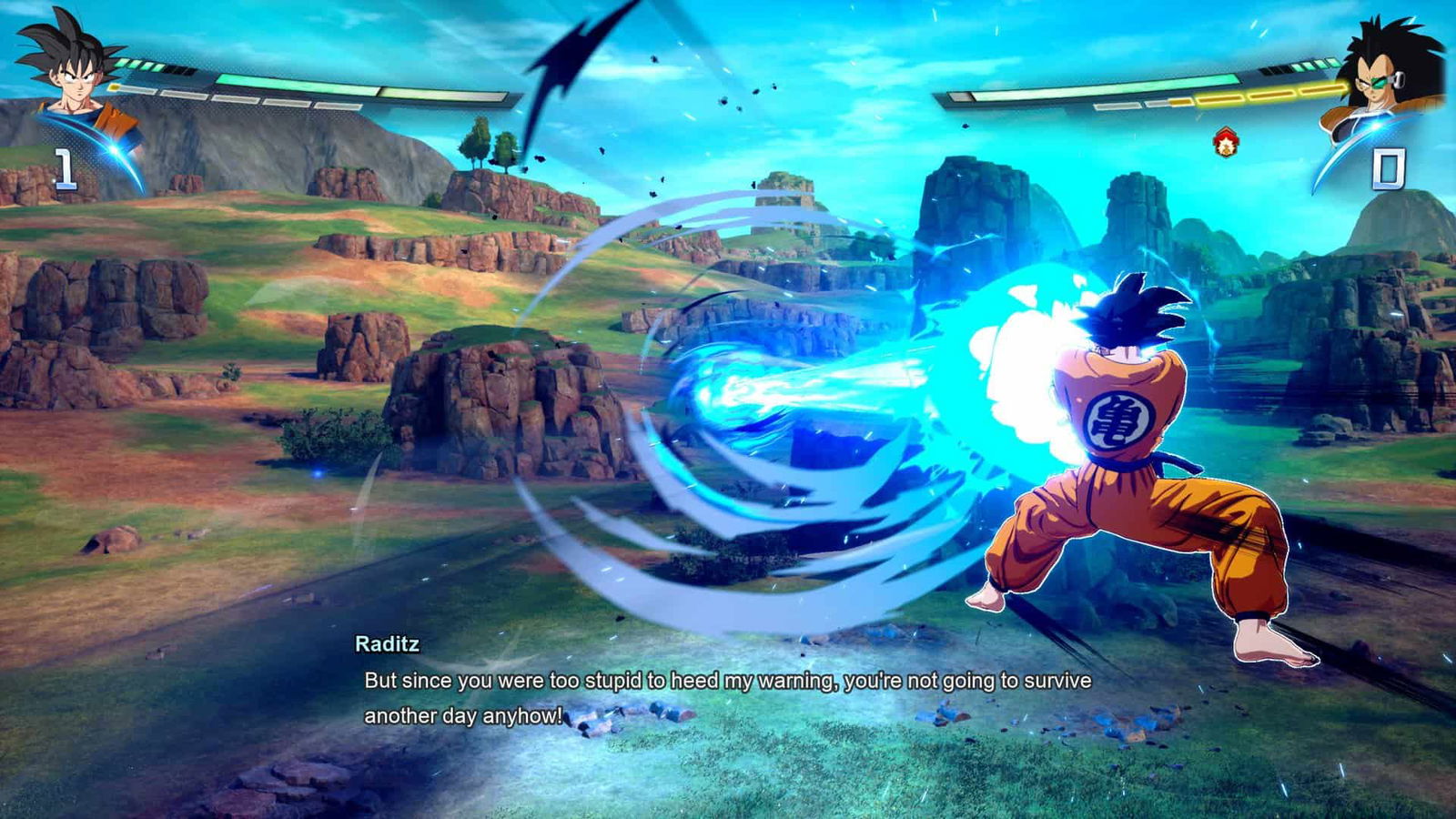
The Ultimate Tenkaichi
Dragon Ball: Sparking! Zero is a game crafted by passionate fans of the Dragon Ball series, filled with references that only true fans will appreciate—especially those who grew up with the series during the Toonami era, transitioning from the Ocean Group’s dubbing to Funimation’s. I love this game and every moment invested in its development. The developers have continuously improved the game based on feedback from the Dragon Ball fanbase, and each build I played made it better and better.
This final build of Dragon Ball: Sparking! Zero has undergone numerous iterations of refinement and polishing to become what it is today: an almost flawless masterpiece that is poised to be a staple for gamers everywhere. I highly recommend it to anyone who loved the Budokai Tenkaichi series or to those curious about what makes a great arena fighter. I absolutely adore this game and everything it offers fans of the series, and I genuinely hope it enjoys a long and successful life.
Dragon Ball: Sparking! Zero will be released on October 11th, 2024, on PS5, Xbox Series S|X, and PC.
Review Disclosure Statement: Dragon Ball Sparking! ZERO was provided to us by Bandai Namco for review purposes. For more information on how we review video games and other media/technology, please review our Review Guideline/Scoring Policy.
Affiliate Link Disclosure: One or more of the links above contain affiliate links, which means at no additional cost to you, we may receive a commission should you click through and purchase the item.
Summary
Dragon Ball: Sparking! Zero evolves the Budokai Tenkaichi series into the modern era of gaming: Faster-paced fights, and more dynamic than it has ever felt before.
Pros
- Playing the game immerses you into the action well
- Each model and move is crafted by passionate fans of the Dragon Ball series
- Art and audio is fantastic
- The absolute best playing Dragon Ball has felt
Cons
- No cross play
- Episode Mode has some questionable choices
- Custom Mode needs a way to filter and search better with text




